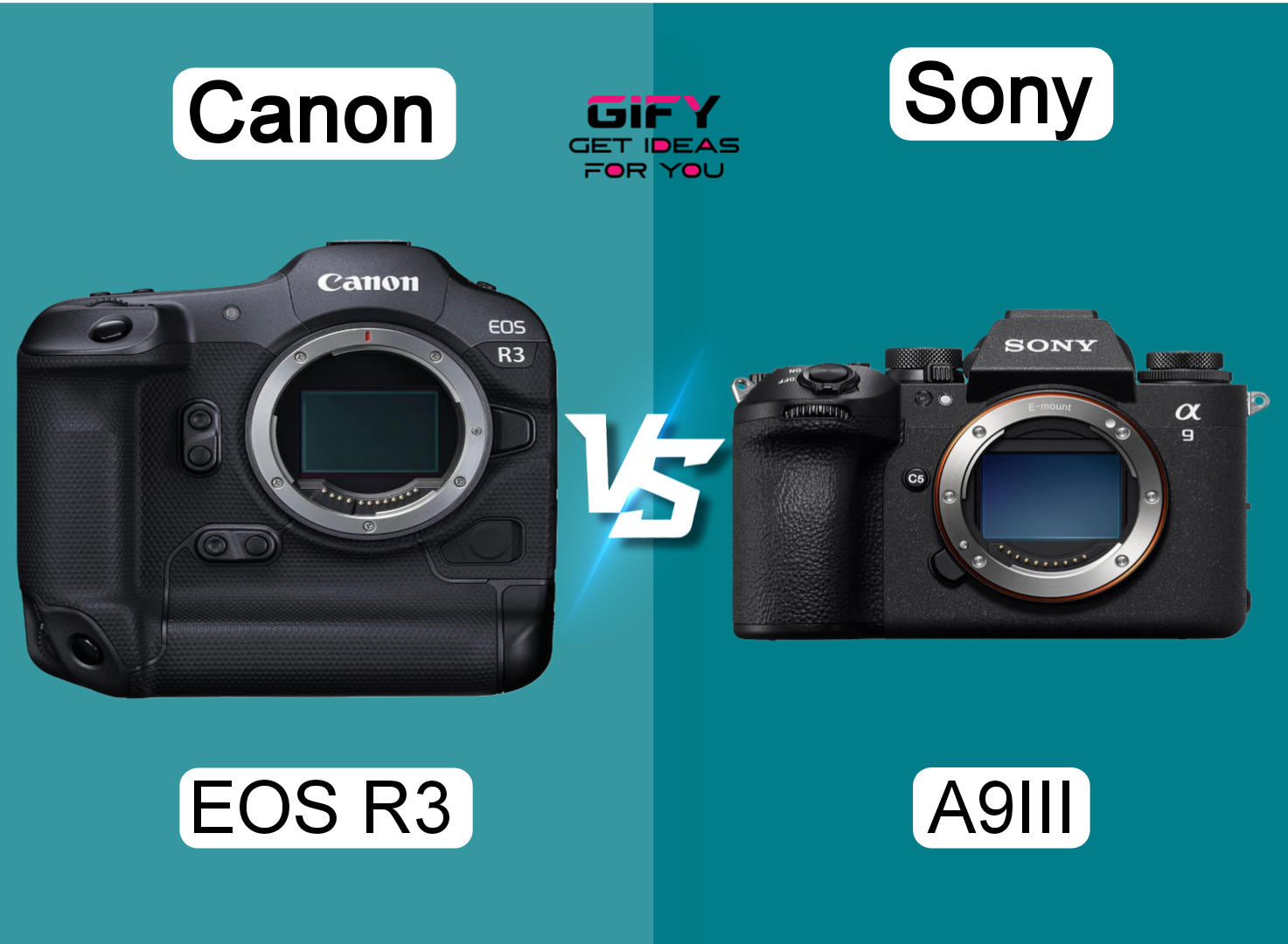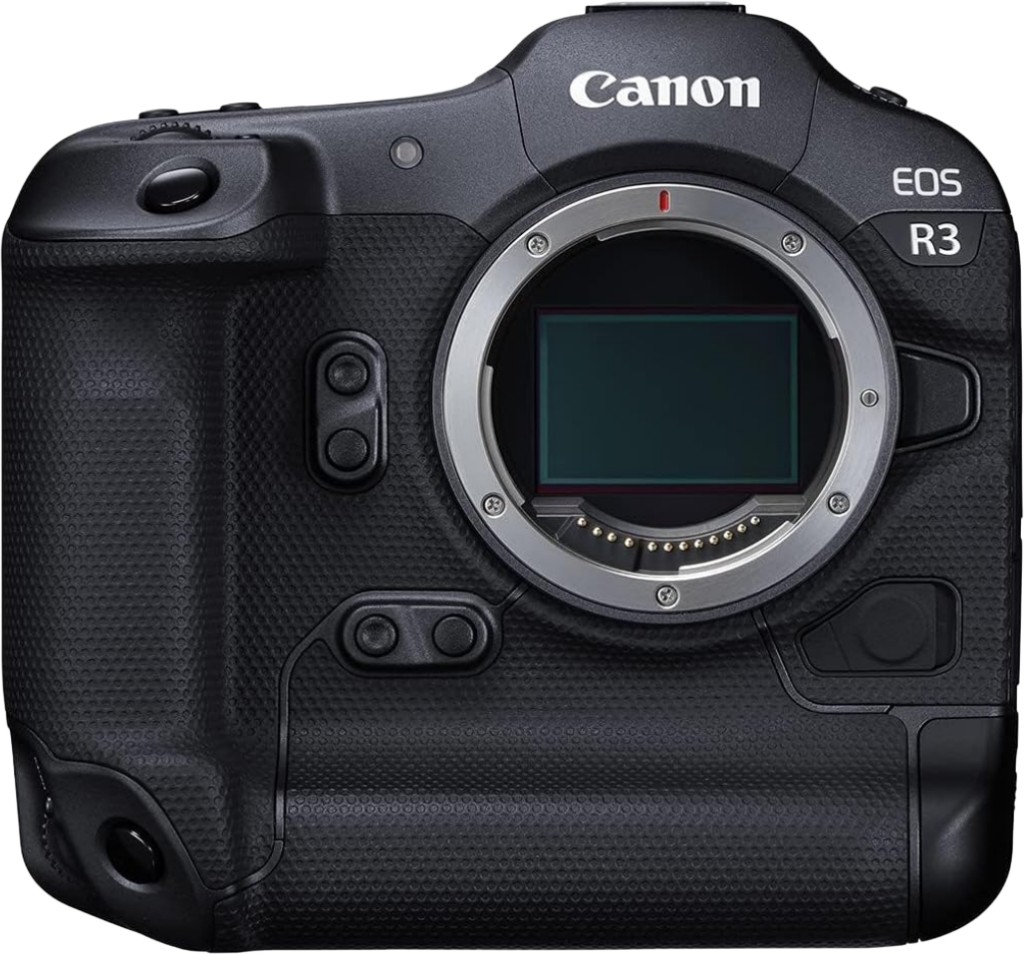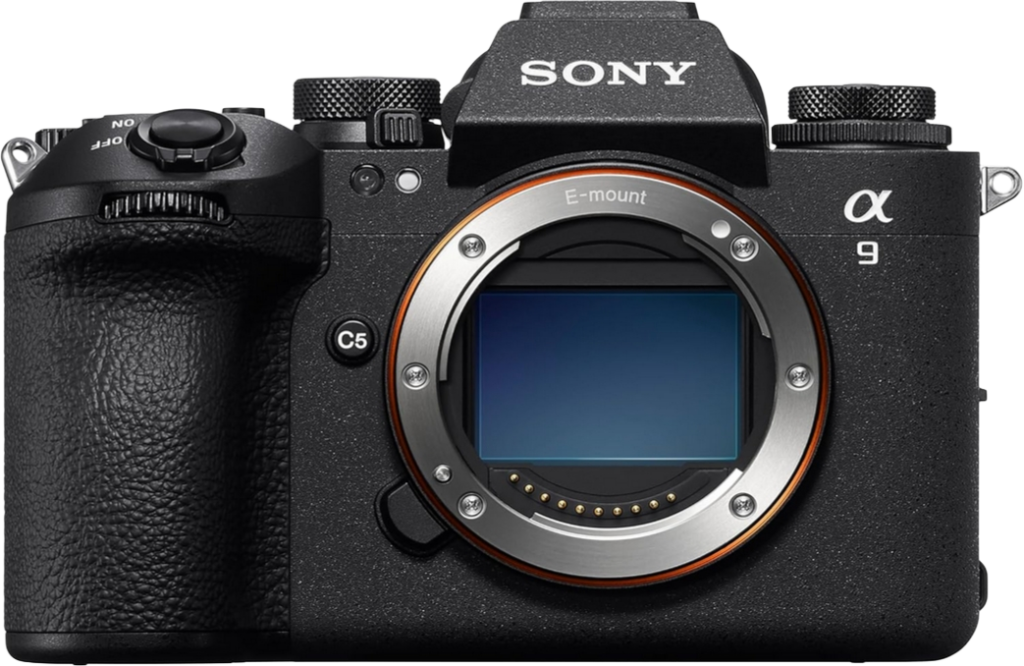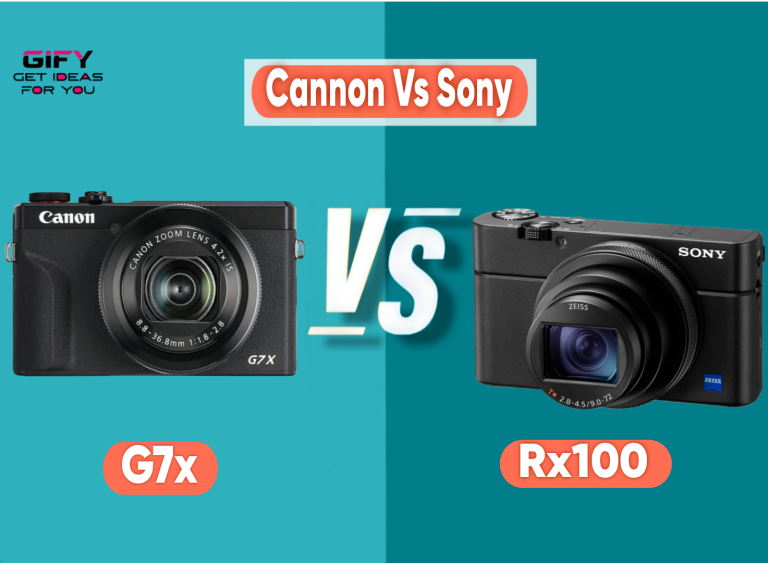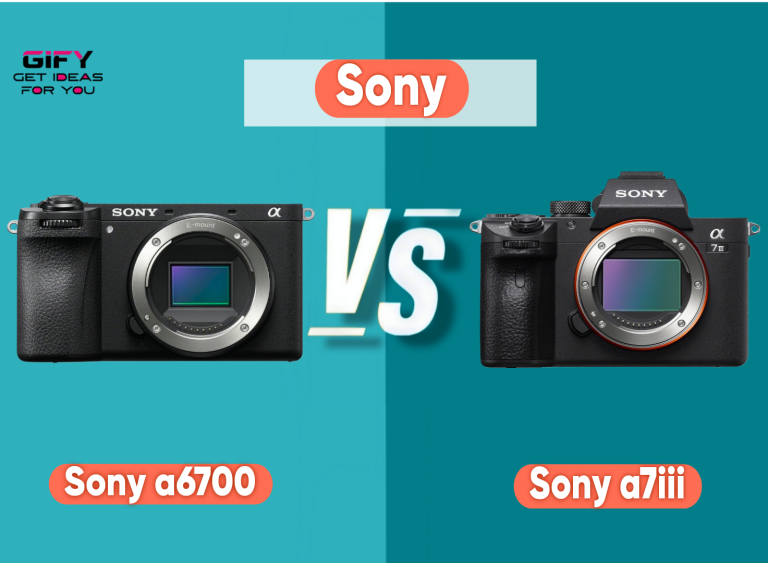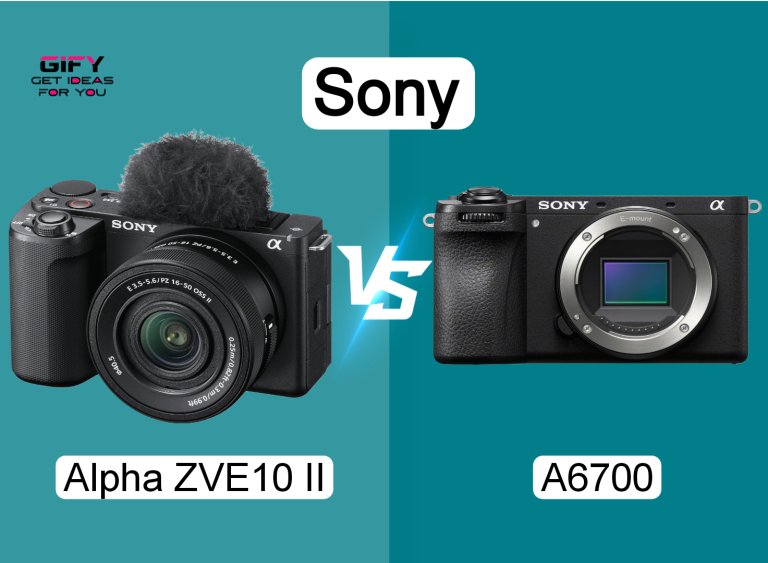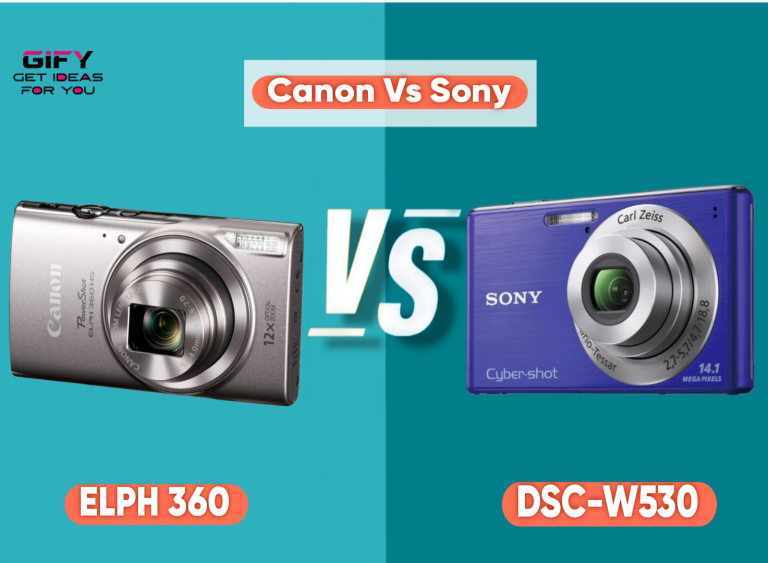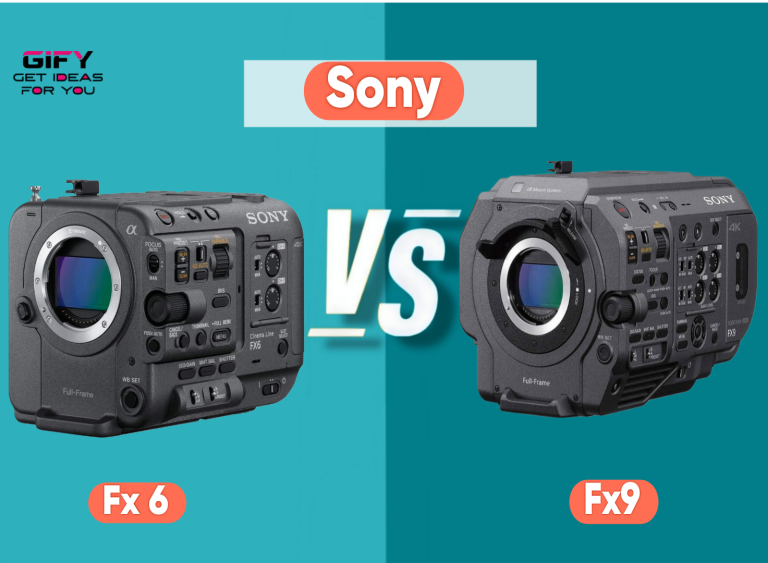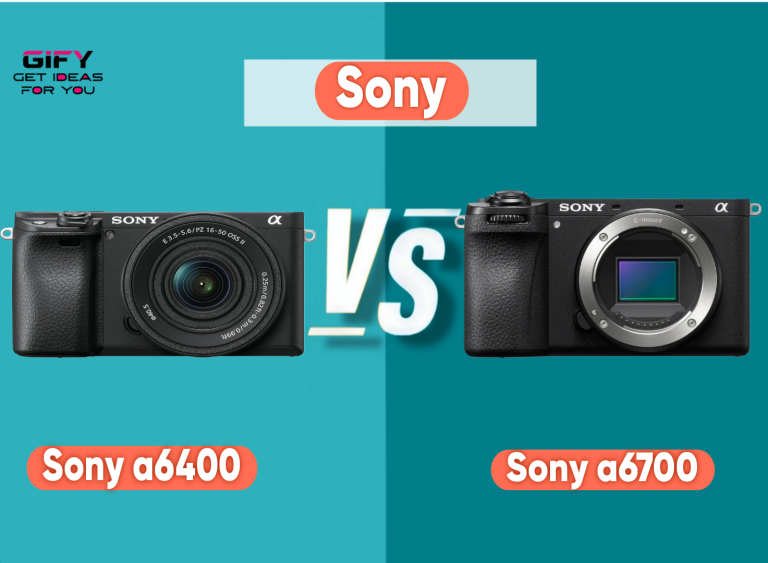Canon R3 vs Sony A9III stands as one of the most exciting battles in the world of professional mirrorless cameras. Both cameras are built for speed, precision, and power, targeting sports, wildlife, and photojournalism professionals. These models represent the pinnacle of innovation,
combining advanced autofocus systems, incredible continuous shooting capabilities, and exceptional image quality. This comparison dives deep into their strengths, weaknesses, and shared features to help photographers choose the perfect match for their creative needs.
The Canon EOS R3 is known for its blend of cutting-edge autofocus, excellent low-light performance, and high-speed continuous shooting. On the other hand, Sony’s A9III introduces
a revolutionary global shutter sensor that eliminates distortion during fast movements — a first in full-frame camera history. Both cameras promise lightning-fast operation and unmatched reliability in demanding environments.
Photographers looking for superior performance often debate between these two mirrorless giants. The R3 emphasizes Canon’s tradition of natural color science and ergonomic design,
while the A9III showcases Sony’s technological edge and global shutter innovation. Whether you shoot sports, wildlife, or fast-paced events, both cameras deliver exceptional results.
This in-depth comparison of the Canon R3 vs Sony A9III will break down each camera’s design, performance, image quality, and special functions. By the end, you’ll have a clear idea of which model aligns best with your shooting style, workflow, and long-term goals.
Canon R3 : 24.1 Megapixel CMOS Sensor
The Canon EOS R3 continues Canon’s legacy of excellence, designed for professionals who need reliability and speed in one solid body. This camera focuses on precision tracking, outstanding image clarity,
and robust build quality that withstands any shooting condition. With its advanced autofocus and high-speed burst, the R3 is ideal for photographers who never want to miss a moment.
Detailed Overview
The Canon EOS R3 features a 24.1-megapixel full-frame CMOS sensor that delivers breathtaking detail and low-light performance. Its stacked, back-side illuminated design ensures clarity and
minimal rolling shutter effects, even during fast action. The DIGIC X processor boosts speed and efficiency, enabling ISO levels up to 204800 and supporting smooth 4K and 6K video capture.
Canon’s autofocus technology is one of its strongest points. The Dual Pixel CMOS AF system with 1,053 AF points offers reliable eye, face, body, and even helmet detection.
The innovative Eye Control AF lets photographers select focus points just by looking at them through the viewfinder — a futuristic and practical feature that enhances shooting flow.
Videographers will appreciate the R3’s ability to capture 6K RAW footage at 60fps, 4K up to 120fps, and Full-HD at 240fps. The level of flexibility this provides ensures the R3 excels in both still and motion capture.
It also supports Panning Assist, which reduces motion blur and stabilizes subjects during slow shutter captures, ideal for motorsport and action shots.
What Is Good
✅ Incredible low-light performance with minimal noise
✅ Dual Pixel CMOS AF with intelligent subject tracking
✅ 6K RAW and 4K 120fps video support
✅ Excellent build quality and weather sealing
✅ Eye Control AF adds intuitive focus selection
What Is Bad
❌ Heavier and bulkier compared to rivals
❌ Lower resolution compared to some competitors
❌ Limited availability of affordable native RF lenses
❌ Price may be high for casual users
Overall Verdict
The Canon R3 stands as a reliable, professional-grade camera that delivers consistent results under pressure. Its autofocus accuracy, speed, and build quality make it perfect for sports and wildlife photographers.
While it’s not the lightest or cheapest option, its performance justifies the investment for serious shooters who demand precision and dependability.
Sony A9III : 24.6 MP Full Frame (35mm) Mirrorless
The Sony A9III takes mirrorless innovation to a new level. Known as the first full-frame camera with a global shutter sensor, it eliminates rolling shutter issues completely.
This makes it the ultimate choice for high-speed, distortion-free photography. The A9III also impresses with advanced processing power, fast autofocus, and an ergonomic design suited for professionals.
Detailed Overview
At its core, the Sony A9III features a groundbreaking global shutter full-frame sensor. This design allows every pixel to capture and read light simultaneously, completely removing distortion
that usually appears when photographing fast-moving subjects. Whether capturing race cars or flying birds, the A9III delivers perfect geometry and timing.
The BIONZ XR Image Processor enhances overall speed, color depth, and tonal accuracy. Sony claims it’s eight times faster than previous versions,
enabling near-zero latency and more realistic color reproduction. Combined with lightning-fast autofocus and superb burst performance, it’s a dream tool for professionals.
The A9III also comes with useful accessories like the Pixel Hurricane Blower and Cleaning Kit, ensuring long-term maintenance and lens care.
Sony’s camera ecosystem is vast, and with this release, the company continues to refine what’s possible for mirrorless users who prioritize performance and reliability.
What Is Good
✅ World’s first global shutter full-frame sensor
✅ Perfect for high-speed and distortion-free shooting
✅ Outstanding autofocus accuracy and color reproduction
✅ Lightweight yet durable magnesium alloy body
✅ Enhanced processing power with BIONZ XR engine
What Is Bad
❌ Price point higher than most competitors
❌ Battery life could be longer
❌ May require new workflow adjustments for global shutter
❌ Accessories and memory cards can add to total cost
Overall Verdict
The Sony A9III is a landmark release for professionals who value precision and innovation. Its global shutter technology sets a new industry standard, eliminating distortion in every frame.
While the price and battery life may raise eyebrows, its performance, accuracy, and color depth make it a powerhouse that redefines professional imaging.
Common Features
Both the Canon R3 and Sony A9III share several advanced features designed to enhance professional workflow and image quality. Each brings unique innovation to the table, but their shared elements show just how far modern mirrorless cameras have evolved.
- Sensor: Both cameras use full-frame stacked sensors that deliver outstanding detail, dynamic range, and speed. While Canon uses a BSI stacked CMOS, Sony employs a global shutter — both designed for superior performance.
- Shutter: Each camera supports high-speed mechanical and electronic shutter options, allowing silent shooting and eliminating distortion even during rapid motion.
- Continuous Shooting: Canon offers up to 30fps with its electronic shutter, while Sony can match or exceed this with its global shutter system. Both are excellent for action photography.
- Flash Sync Speed: The global shutter in the A9III provides unrestricted flash sync at any speed, while Canon offers reliable high-speed sync options.
- Video Capabilities: The Canon R3 records 6K RAW at 60fps and 4K 120fps, while the Sony A9III excels at high-quality 4K capture with minimal rolling shutter. Both are ideal for hybrid shooters.
- Image Quality: Both cameras deliver clean, sharp images at low ISO. Canon’s natural color tone contrasts beautifully with Sony’s vibrant and neutral rendering.
- Viewfinder: High-resolution electronic viewfinders on both cameras ensure bright, lag-free previews, even during continuous bursts.
- Autofocus: Each features top-tier AF technology. Canon’s Eye Control AF allows intuitive focus selection, while Sony’s real-time tracking ensures unmatched accuracy.
- Ergonomics: Both models feature comfortable, weather-sealed designs suitable for professionals. Canon’s grip feels traditional, while Sony offers a compact, modern aesthetic.
- Battery Life: The R3 slightly leads with longer endurance, while Sony’s efficient design ensures strong overall performance.
- Memory Card Slots: Both support dual card slots for backup and faster workflow — essential for professional use.
In summary, both cameras are engineered for professionals who demand top-tier performance. The Canon R3 shines with intuitive controls and unmatched color science,
while the Sony A9III impresses with global shutter innovation and exceptional speed. Choosing between them depends on whether you value Canon’s ergonomic familiarity or Sony’s cutting-edge technology.
Related Article 🎀
FAQs About Canon R3 vs Sony A9III
Is the Sony A9III better than the Canon R3 for sports photography?
The A9III’s global shutter gives it an edge in capturing distortion-free fast action. However, the Canon R3’s autofocus system and low-light capability remain exceptional for sports.
Does the Canon R3 shoot better video than the Sony A9III?
The R3 offers higher 6K RAW video resolution, giving it a slight advantage for filmmakers. The A9III still delivers excellent 4K footage with perfect motion accuracy.
Which camera has better autofocus performance?
Both are industry leaders. Canon excels in subject recognition and intuitive Eye Control AF, while Sony offers faster, AI-driven real-time tracking accuracy.
Is the Sony A9III’s global shutter worth the upgrade?
Yes, for professionals capturing high-speed subjects, it eliminates distortion and rolling shutter issues entirely — a major innovation for photographers.
Which one is better for low-light photography?
The Canon R3 performs slightly better in very dark environments due to its larger pixels and optimized image processor for noise reduction.
Conclusion
The Canon R3 vs Sony A9III comparison highlights two incredible tools designed for professionals who refuse to compromise. Both cameras deliver exceptional speed, autofocus precision, and reliability under demanding conditions.
Canon’s R3 excels with its natural color science, robust body, and intuitive Eye Control AF, making it a strong choice for photographers who value traditional ergonomics and low-light strength.
Meanwhile, Sony’s A9III revolutionizes performance with its global shutter sensor and cutting-edge processing, redefining what’s possible in professional mirrorless photography.
In the end, choosing between the Canon R3 and Sony A9III depends on personal shooting style. The R3 appeals to those who prioritize stability and Canon’s trusted system,
while the A9III caters to photographers craving innovation, speed, and a distortion-free workflow. Either way, you’re investing in one of the most advanced cameras of this generation.

